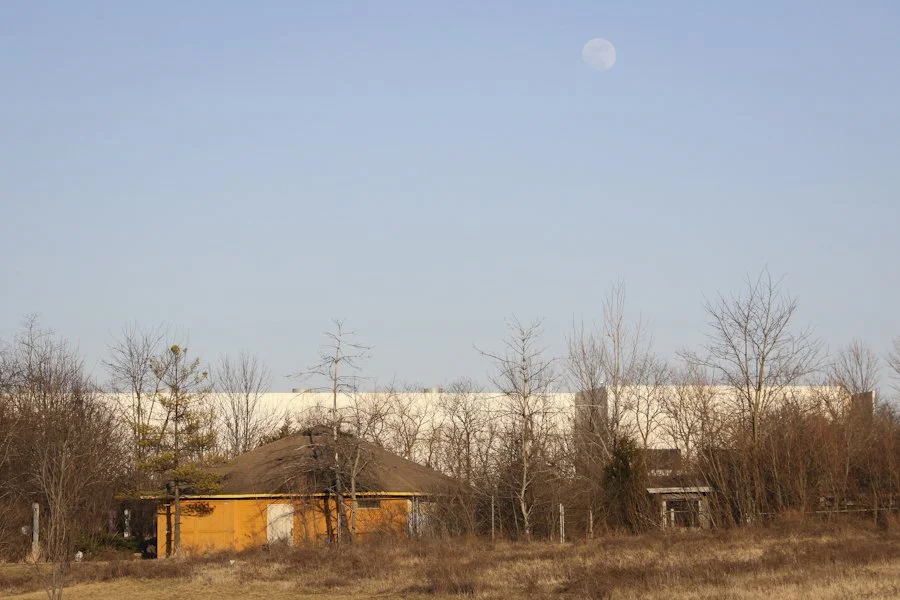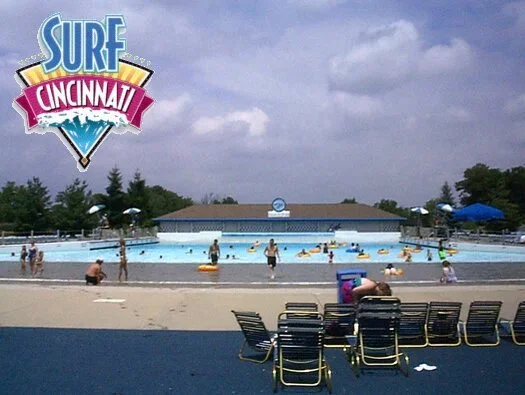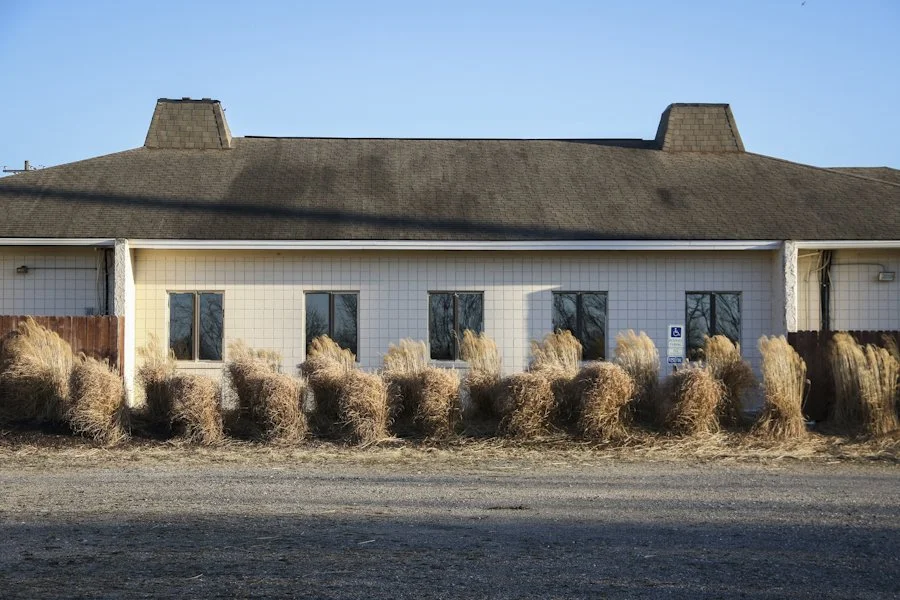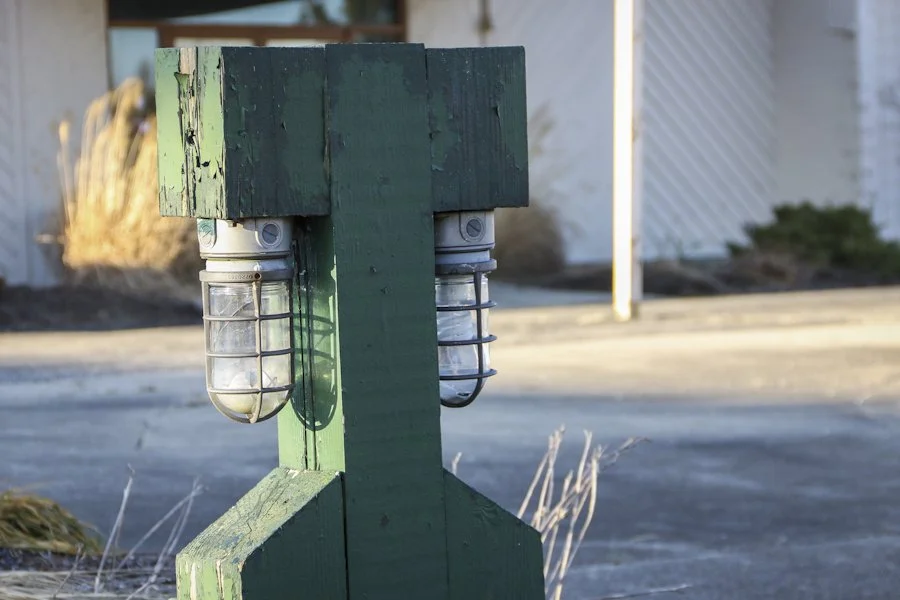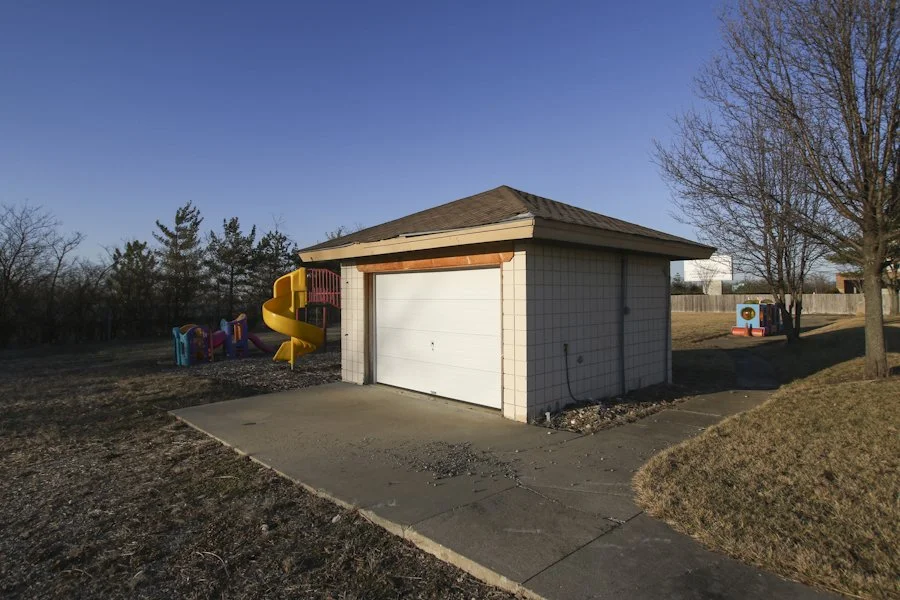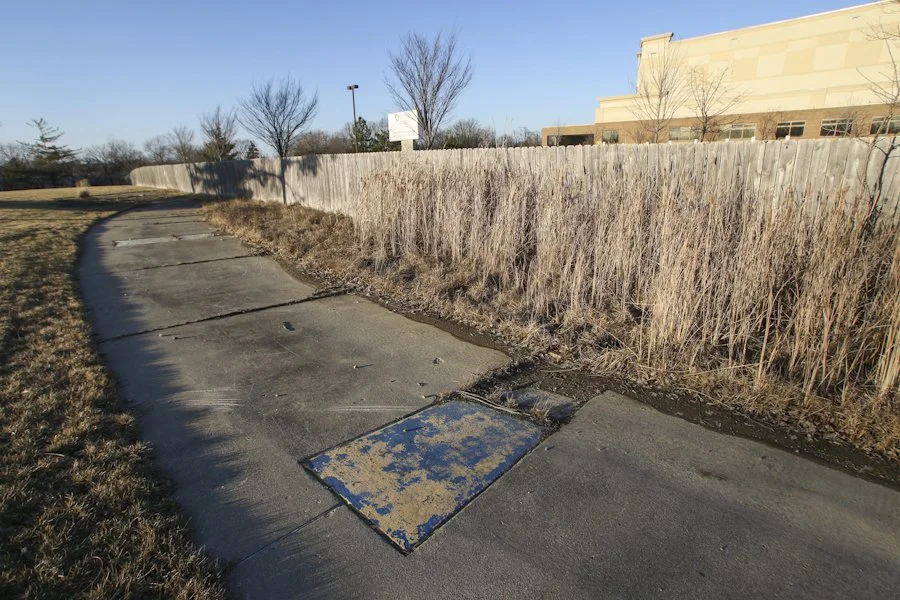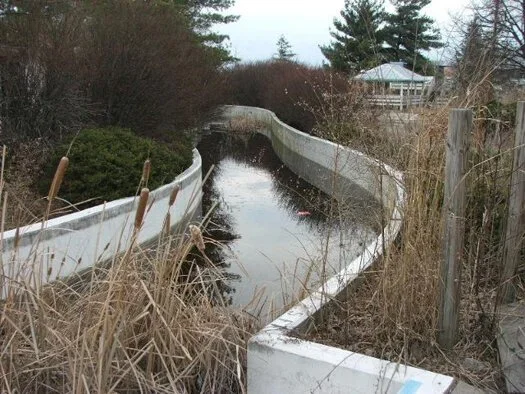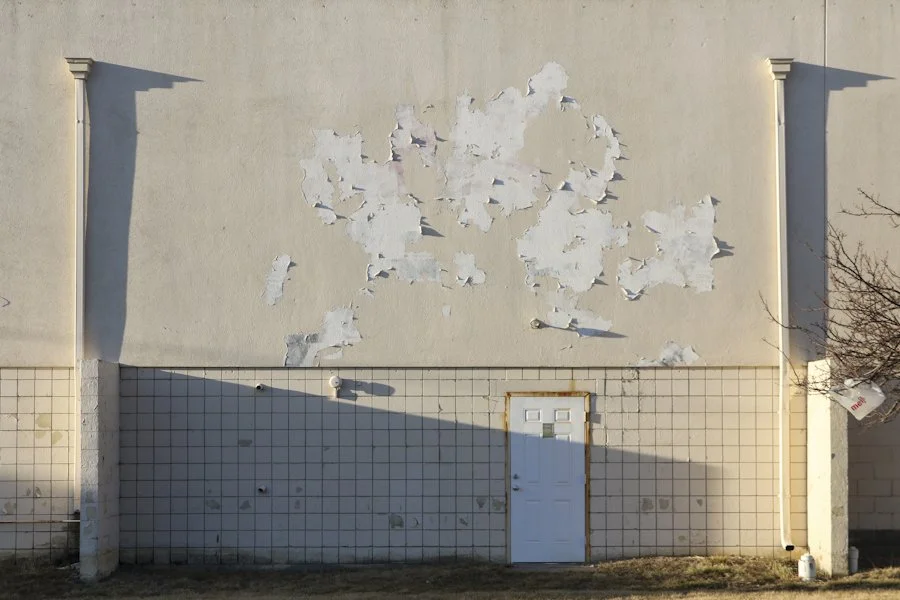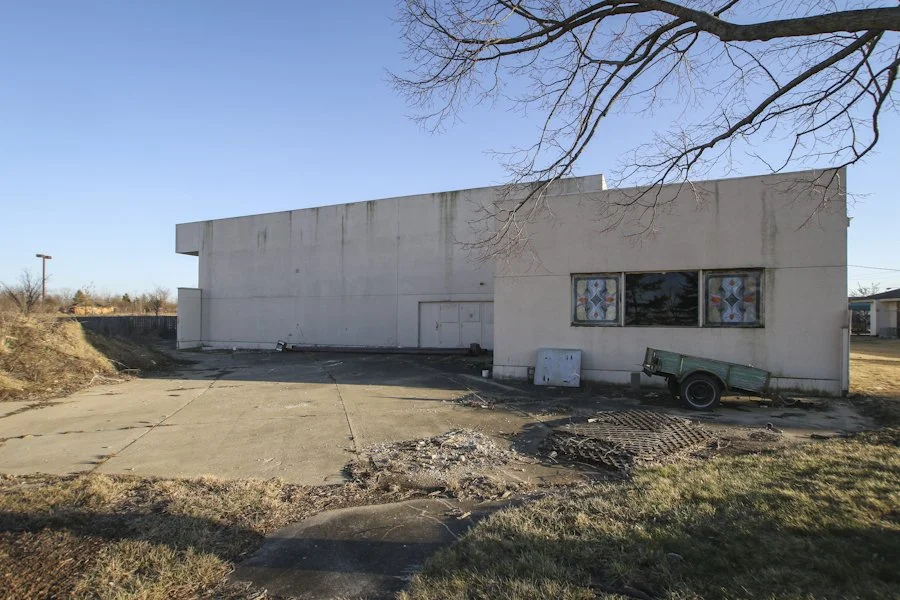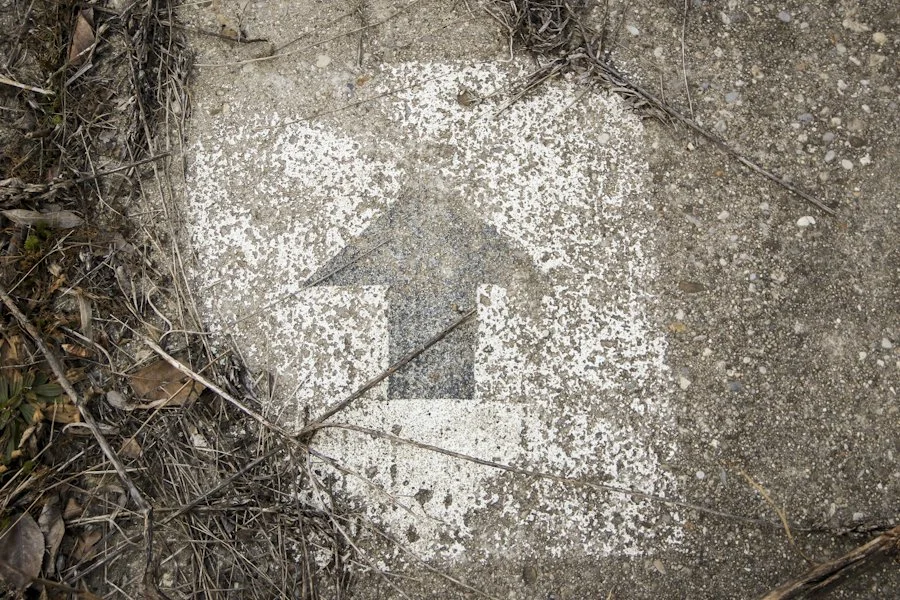The Remains of Surf Cincinnati: A Followup
The story's been told here before. It's a place we spent countless hours exploring. It's a place many of us visited in its prime. It's a place documented here on QC/D in several articles. Ten years after first stepping foot into its abandoned state, I went to go see what, if anything, was left after the demolition.
Fueled by nostalgia, the story of Surf Cincinnati continues.
The former arcade building, go kart, and mini golf area. Highlighted in a 2013 followup to our original articles, this section still stands as well.
When I worked for an amusement park, my favorite time of the day was 7:00 PM. If the weather was right, the sky was clear and the summer sun was just starting its descent. At this hour, nearly the whole park was enveloped in sunlight. At that time I never cared how my day had been going, what calls were coming over the walkie talkie, or how big of a crowd we had. When the light was like that, things just seemed perfect. I had a job I loved and the world/park just seemed right.
I don't work at one anymore. When I encounter sunlight like that now, more often than not it makes me feel nostalgic for those seven years and eight seasons I worked at Kings Island. Sometimes, it's honestly tough and even after all the directions my life has gone (and I'm very grateful for the experiences I've had), I still long for those sun drenched days at that job. It truly meant a lot to me.
A few weeks ago in mid-February, it was finally starting to feel like spring: brilliantly bright and warm under a blue sky. I knew waking up that morning that I'd probably feel those familiar nostalgic pings as the evening got closer and it started to feel like what would normally be the "preseason" of opening an amusement park. Like clockwork, the sense of nostalgia rolled in and maybe the best way to deal with that was to indulge. So I went looking for something. I didn't go looking for Kings Island, though. or the memories of a past career (not ready for that story yet)—instead I went looking for Surf Cincinnati.
At least, what remains of it.
As the day dwindled and that evening sunlight loomed, I pulled down the road surrounded by industrial buildings into the area that once seemed like the strangest place for an amusement park.
1999 photograph of Surf Cincinnati's wave pool by Bill Ware.
I never worked at Surf Cincinnati, but I went there a lot. I have a ton of memories of it as a kid, spending afternoons in the lazy river and wave pool. Then it was abandoned and it's where I cut my teeth in urban exploration photography. If you've followed this website for some time, you may remember some of the stories.
There's...
The one that describes the place's history and demise.
The one that details the start of my fascination with abandoned places and how Surf Cincinnati influenced that
The one that documents its demolition and how we still played miniature golf there.
An update on how things looked in 2013.
To be quite frank, I don't even know if this website would exist if it weren't for Surf Cincinnati. When a friend and I ventured down its overgrown paths ten years ago, I was hooked. Surf spawned a series of adventures, questions of history, and interest in sharing those experiences. At the suggestion of my friend Ben, I started a website to share all of that. That website became Queen City Discovery, now nearing its ninth year.
A lot of the things I've done, images made, and paths pursued, started when staring into the murky water of a pool I once swam in as a kid.
Circa 2007 photograph of Surf Cincinnati's wave pool after being abandoned for four years.
Surf Cincinnati had opened in the early eighties. It lasted until its final season in 2002. By the spring of 2003, the owners announced that they wouldn't reopen. I first started exploring the abandoned location in 2006 and made so many other visits in the years after. Sometime in 2009, most of the facility was demolished. I was incredibly sad to see it go. "Surf" had two identities for me. It was the memory for a kid who grew up in the 90's as well as a the starting spot for a photographer fixated on documenting abandoned structures. Surf had been an escape in both of its iterations and one I could appreciate both as a former patron and aspiring artist.
Surf Cincinnati postcard.
Image via CincinnatiViews.net.
It was replaced by a massive parking lot and mega church. The former banquet halls that sat outside of the main park found new uses. One of them also became a church. In November 2013, I made a quick visit to see if anything was still there from the park. The arcade building, the bumper boats pool, the old go kart track, and the mini golf course all remained. I snapped a few photographs and posted a quick update here on QC/D. I thought that would be the last of it, probably the end of the story. Yet, here I was in 2016 feeling nostalgic. Nostalgic for my old job at a similar venture, nostalgic for when I could spend hours exploring the abandoned amusement park.
February 2016 photograph. Formerly one of the "Harbour Club" banquet halls, the building has been converted to one of two churches now occupying the property.
After the property had been sold and park demolished, the land was separated into parcels. The Inspirational Baptist Church church razed most of what was left of the park and built their new place of worship. The sign they use just off the highway, that's the old Surf Cincinnati sign. On another land parcel was one of the park's former banquet halls, previously referred to as "The Harbour Club." That too is now a church, the Real Life Church. The building still has its distinct early 80's/Miami vice/Pizza Hut roof look.
February 2016 photograph.
One of the first signs of the old park that I noticed were the lights lining the driveway. Surf Cincinnati was located at the end of a culdesac in an industrial area. When it still existed you could drive three different ways: straight into the parking lot, directly in front of the main entrance, or into the banquet hall parking lot. All of the areas featured the same decorative lighting, a mixture of industrial lights and wooden fixtures:
February 2016 photograph showing the former park's lighting fixtures still standing.
Apparently for awhile after demolition, the lazy river was still standing as a murky trough of stagnant water. It's now completely gone. There's still a concrete pad though, where there was once a picnic shelter and volleyball court for the park's group outings. This area had been at the center of the lazy river and required visitor's to step over wooden bridges to reach it. It had been known as the "Emerald Isle."
This pad of concrete was once a picnic shelter/rental space for large groups. Known as the "Emerald Isle," it once sat on an island in the center of the lazy river attraction. The lazy river has since been filled in. February 2016 photograph.
One of the structures still remaining on site is the former "pump house." I don't know if that's what it actually was, but it's what we called it when we first explored the place nearly ten years ago. In there we found the startup instructions for all of the rides. Its now been converted it into a garage.
Circa 2006 photograph showing the startup and closing times for various attractions, located within the "pump house." Rides listed are "The Challenger," "Bubble Beach," "Squirt City," "Tidal Springs," "Wave pool," "Blue Bullet," "Lazy River," "Thriller," and "Rapids."
February 2016 photograph showing the "pump house" re-purposed as a garage.
A wooden fence was built to separate the two church properties. It's placed right through a cement walkway. Within the cement slabs are rubberized planks featuring blue and yellow paint chips. These were once decorations along the park's paths. This particular path had once lead guests between the wave pool and a slide tower, leading to the "adults only" pool and a bar. Where this path now meets the fence, there's a bunch of water collecting and out of that water and soil there's vegetation. The cat tails growing out of it are reminiscent of the ones that were commonly found growing (along with tadpoles) in the park's pools during its abandoned state.
February 2016 photograph of a former park walkway still existing.
Cat tails, similar to the ones still growing on the property, as seen in 2006.
One of the other structures still on sight is the former "Caddy's" building. Caddy's had been a popular nightclub in downtown Cincinnati for years. Located on 2nd St., it was bought out and razed when Paul Brown Stadium was built. For some reason, the business relocated to the Northern suburbs, constructing a new building on the Surf Cincinnati property. The building wasn't much to look at, but was recognizable for its painting on the side. Caddy's downtown had featured an iconic painted sign:
The iconic Caddy's nightclub painting that used to grace downtown Cincinnati.
Image via Holthaus-Lackner Signs.
Meanwhile, after the business relocated to Surf Cincinnati, the new facility's decorations were somewhat inspired by the iconic former downtown sign:
Circa 2006 QC/D photo showing Caddy's and Surf Cincinnati's main entrance plaza three years after abandonment.
The painting of the dancers has been removed from the building now and the replacement coat of paint is starting to chip away. A notice from the local fire department on the door warns that the sprinkler system isn't turned on.
February 2016 photograph detailing the deterioration of the former Caddy's nightclub.
The former patio area behind the building still remains as well:
Rear of the former Caddy's nightclub as seen in February 2016.
Around the front of the property, part of the old fence still stands. When we first started exploring Surf, there was a set of stairs along the back fence that allowed us to easily climb over. After someone destroyed those, we'd go to the iron fence in front. You used to be able to lift up a few of the spikes, squeeze through and then drop the spike back down behind you as if it had never been altered. This fence used to line the front entrance to the park.
Part of the park's old fence still stands as of February 2016.
One of the other remains is the paint on the ground. The arrows don't point to anything in particular now with the entrance and most of the park now nearly all demolished. Previously, they had guided patrons into general admission and season pass lines.
Former marker on the ground is a ghost sign of the park's entrance. February 2016 photograph.
Surf Cincinnati now only exists in the memories of folks and in the few remains that littler the property. It was once a summer getaway for most, and a place to hold a job for others. For me, Surf Cincinnati was lots of things. I'll always appreciate the memories I have of being there as a kid, but those memories are bolstered by the ones made during hours of exploring its abandoned state. Had it not been for Surf Cincinnati, who knows if this website would've become what it is today. It was the first place I had ever really explored. When I'd spend hours taking photographs and wandering around the park, it wasn't so much the former guests I thought about, but the employees. I guess I empathized a little bit since I still worked for an amusement park at the time, albeit once a rival one to Surf. As I'd walk through the abandoned buildings and pools, I'd try to envision what it'd be like to work there. Did those employees have a similar experience to me? Did they value the friends and experiences there as much as I valued mine? Do they ever get nostalgic thinking about it, wondering why working in that particular place meant so much? Do they ever wish they were still doing that job?
It's hard to make out in this dark photo from 2008, but in an employee locker room a message from a former worker was still on the white board. It read: "Bye everyone! Have a great year, miss you all. Love, Laura."
I walked away from the few remnants, churches, and back to my car. If I was going to spend a day indulging in nostalgia while the sun hit that specific spot in the sky, I'm glad I spent it still looking for what was left of Surf Cincinnati.
For more information and photos of Surf in its abandoned state before the demolition, check out our previous articles:
Also, while researching a few things for this article it's apparent that the story of Surf Cincinnati still isn't closed. I may have another article (or articles) coming in the future. A couple things I'm still looking for:
The true opening date of the park
Any images of the park when it was open
To talk to anyone who worked there
If you know anyone or anything that might help flush out a little bit more of Surf's story, please send me an email.
Another Surf Cincinnati postcard.
Image via CincinnatiViews.net.
Over the years, several of QC/D's urban exploration stories have focused on abandoned amusement parks: view all of the stories.

